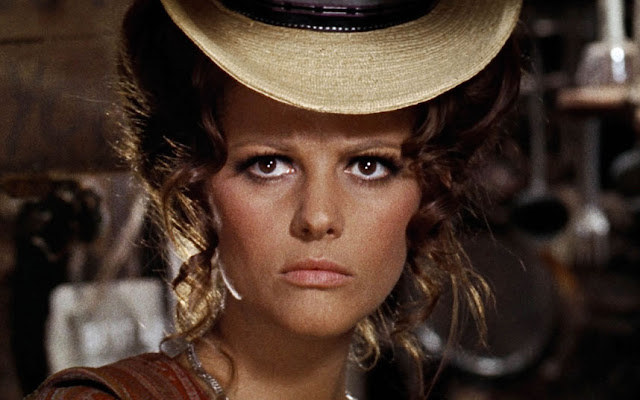I read the introduction, entitled "Live Through This", to Timothy Egan's THE WORST HARD TIME (2006) and uttered one word:
"Wow."
I knew, from those ten pages that I was in the hands of a master. When I finished reading all 312 pages of the book the other night, my first impression had been solidly confirmed. THE WORST HARD TIME is, quite simply, one of the best history books I've read in the last 15 plus years. It won the National Book Award and deservedly so. Egan brings a novelists' eye and ear for people and places and a historian's attention to detail in this gripping recounting of the Great American Dust Bowl of the 1930s.
When the first settlers came to "No Man's Land" around the turn of the 20th Century, they found an immense grassland covering an area encompassing the Texas panhandle, western Oklahoma, northeastern New Mexico, southeastern Colorado, and much of western Kansas. The high prairie had remained unchanged for years, providing fertile grazing grounds for bison and subsequently, hunting grounds for various Indian tribes including the Kiowa and Comanche. In less than forty years, it was all gone.
Homesteaders came eager to stake their claim on this land and grow crops, mostly wheat, and for a few years things were going well. Very well. Boom towns were springing up all over the place, record crops were produced, crops which fetched high prices on the open market, especially during the WWI years when European food production was stopped and American farmers stepped in to fill the need both at home and abroad.
But by plowing up the grasslands, the "nesters" planted the seeds of their own destruction if you'll forgive the pun. When wheat prices fell, tons of grain sat unsold and rotting. When a years-long, record setting drought and heat wave struck, what little crops remained withered and died, leaving the topsoil exposed and ready to be lifted up and carried by the wind to places far and wide. Dust storms became a part of life for people in "No Man's Land" and then, to add insult to injury, the Great Depression hit, plunging the nation into an economic tailspin that left the remaining "nesters" between a rock and a hard place. Many migrated elsewhere, especially California, but the Golden State offered no jobs or respite from the hard times. Many people were forced to stay on their land and hope for the best. Many, especially children and the elderly, suffered and died from the "dust pneumonia", a very real condition in which their lungs literally filled up with dust. They had no place to go, banks were foreclosing on their lands, they were forced to sell almost everything they had and yet, they held out hope that help would come in the form of rain and/or the federal government.
President Roosevelt responded to the needs of the people in "No Man's Land" by sending top soil expert Hugh Bennett to the High Plains to begin a series of soil conservation districts that would eventually return native grasses to the area, grasses which could hold down the dirt and keep it from becoming airborne. But he faced a tough challenge in getting everyone to buy in to his plan.
Egan recounts all of this in a gripping, compelling narrative that reads like a Biblical apocalypse. Many of the people who lived through those impossibly hard times must have thought that they were surely facing the end of the world. That fear was confirmed on "Black Sunday", Sunday, April 14th, 1935, when the largest dust storm in American history hit "No Man's Land". A beautiful, clear spring day was suddenly turned from noon time to midnight, the immense wall of dust and dirt blocking out all sunlight, making it impossible to see your hand in front of your face. Anyone caught out in this massive, miles-wide swath of dust was in true, mortal danger. It was the worst dust storm ever during a period when dust storms were a part of daily life. Good God, it was bad. What could be worse?
How about a swarm of grasshoppers, coming in the form of another gigantic black cloud, this one abuzz with the sound of millions of whirring wings. The 'hoppers landed and immediately consumed crops, grass, trees, even wooden shovel handles. It must have seemed like the plagues of ancient Egypt were upon the land. Dust, locusts, deaths of first born children. What's next? Frogs? Boils?
Much of THE WORST HARD TIME is told in the words of the people who survived the experience. Indeed, that's the subtitle of the book "The Untold Story of Those Who Survived The Great American Dust Bowl." It's a grim, depressing story about the collision of capricious nature and human hubris. There are many victims in this story but there are also heroes. Ultimately, it's a hard lesson learned for everyone involved in what stands as the greatest long-term ecological disaster in American history. Those lessons are still vital today in this era of global warming and climate change. There's much to be learned and taken to heart in these pages.
I've read a lot of very good popular history books over the years by a number of first rate authors. Those authors include Stephen Ambrose, H.W. Brands, James Hornfischer, Nathaniel Philbrick, Laura Hillenbrand and Erik Larson. I can add Timothy Egan's name to that list.
Highest recommendation.
|






























